Phoenix Businesses Face Stricter Water Conservation Rules

Arizona’s water conservation efforts took a significant step forward when Phoenix City Council approved a water conservation ordinance for “big water users” that impacts companies using more than 250,000 gallons of water per day. This groundbreaking ordinance primarily affects new developments and requires businesses to submit detailed water conservation plans to the city. The move targets hospitals, resorts, and manufacturing facilities that consume massive amounts of water daily. Companies using more than 500,000 gallons face even stricter requirements – they must ensure 30% of their water comes from recycled sources. Companies could face penalties if they don’t meet their conservation goals, including civil sanctions up to 2000% of the charges for water used in violation of requirements.
The Fifth Management Plan Brings Major Landscaping Cuts
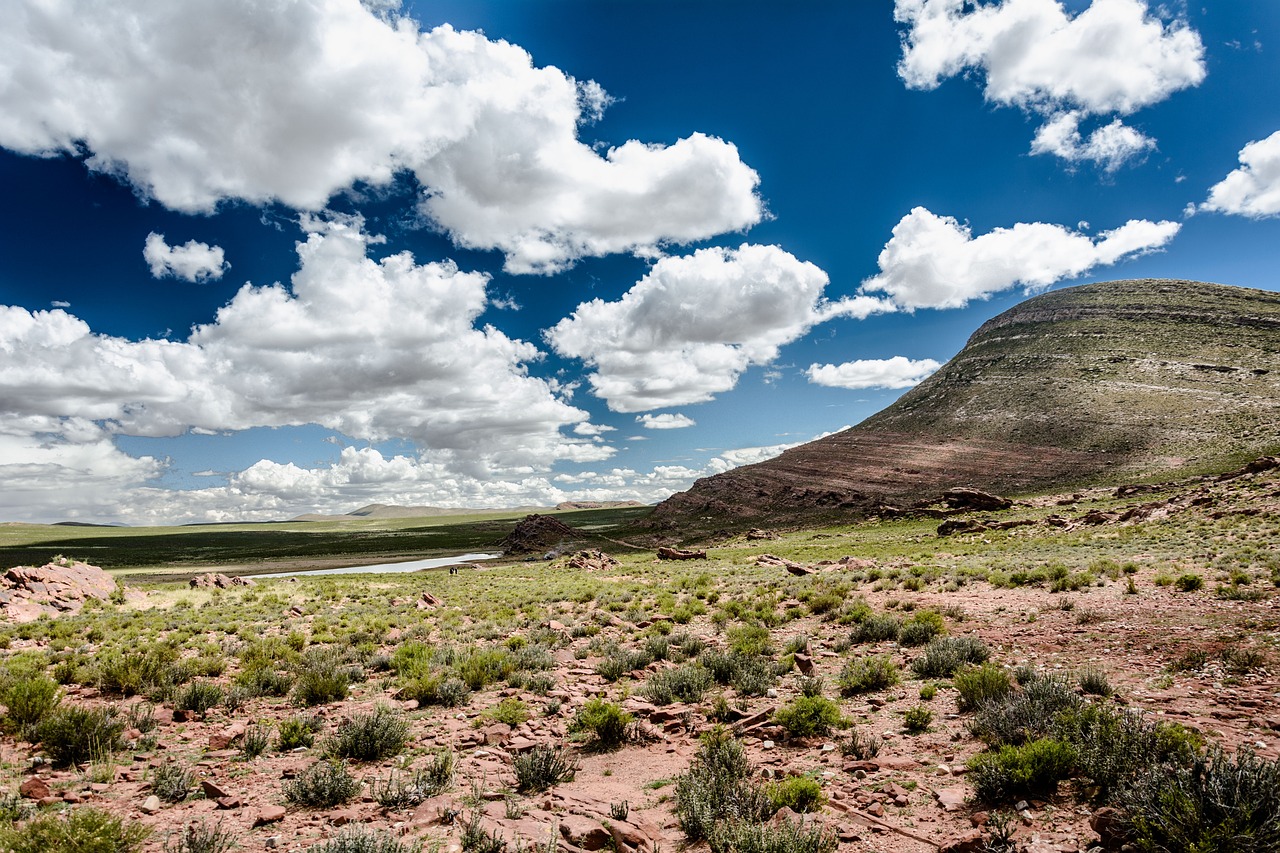
Starting on January 1, 2025, the Arizona Department of Water Resources Fifth Management Plan will take effect, resulting in a 30-40% reduction in the amount of water available for landscaping for all facilities, including residential communities, across the state. This dramatic reduction affects everything from golf courses to residential neighborhoods with lush green lawns. The plan specifically targets water-intensive landscaping that has become synonymous with Arizona’s urban development. These reductions are expected to continue in the years ahead. Many homeowners who moved to communities for their green spaces now face difficult choices about maintaining their landscapes. The state is essentially forcing a cultural shift away from traditional grass lawns toward desert-friendly alternatives.
Groundwater Construction Permits Come to a Grinding Halt
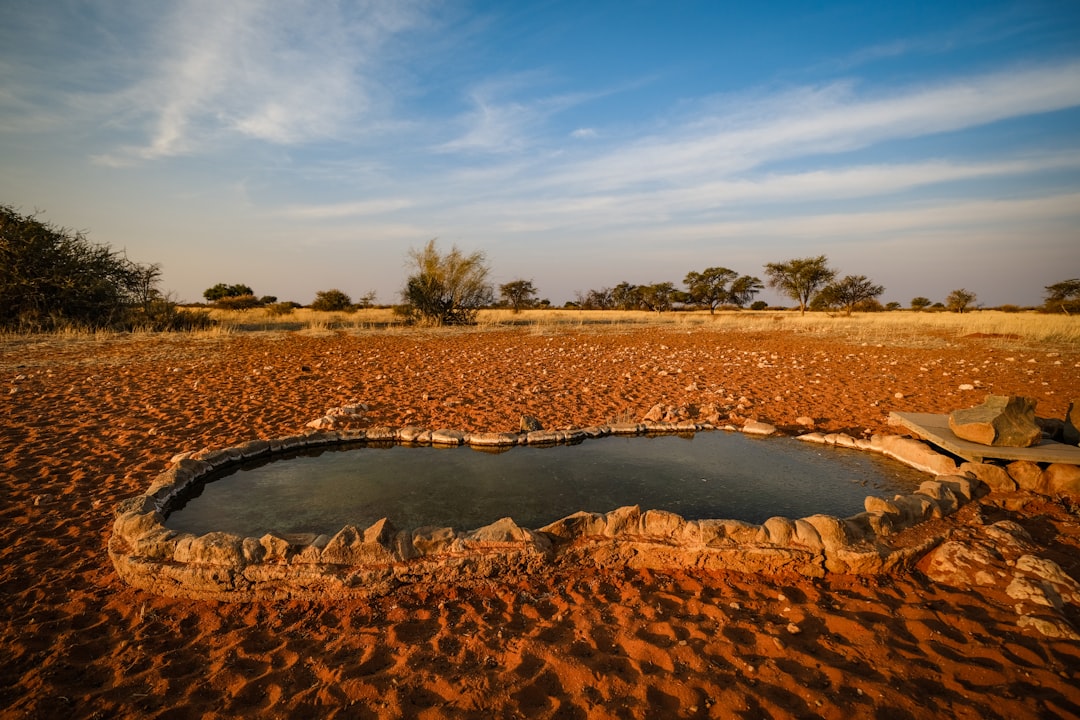
Governor Katie Hobbs made headlines in 2023 when she announced a complete pause on new construction permits that rely solely on groundwater in the Phoenix area. The study revealed that about 4% or nearly 5 million acre-feet of the groundwater demand needed for the Valley would not be met if nothing is done. This shocking announcement sent ripples through Arizona’s booming construction industry. In rapidly growing Phoenix suburbs such as Queen Creek and Buckeye, developers have relied on unallocated groundwater to show that they had adequate water supplies for the next 100 years, and developers rely on groundwater because it has been frankly, cheaper and easier for them. The construction freeze doesn’t affect developments with assured water supplies, but it essentially blocks new projects that planned to tap into Arizona’s underground water reserves.
Agricultural Water Conservation Gets a Complete Overhaul
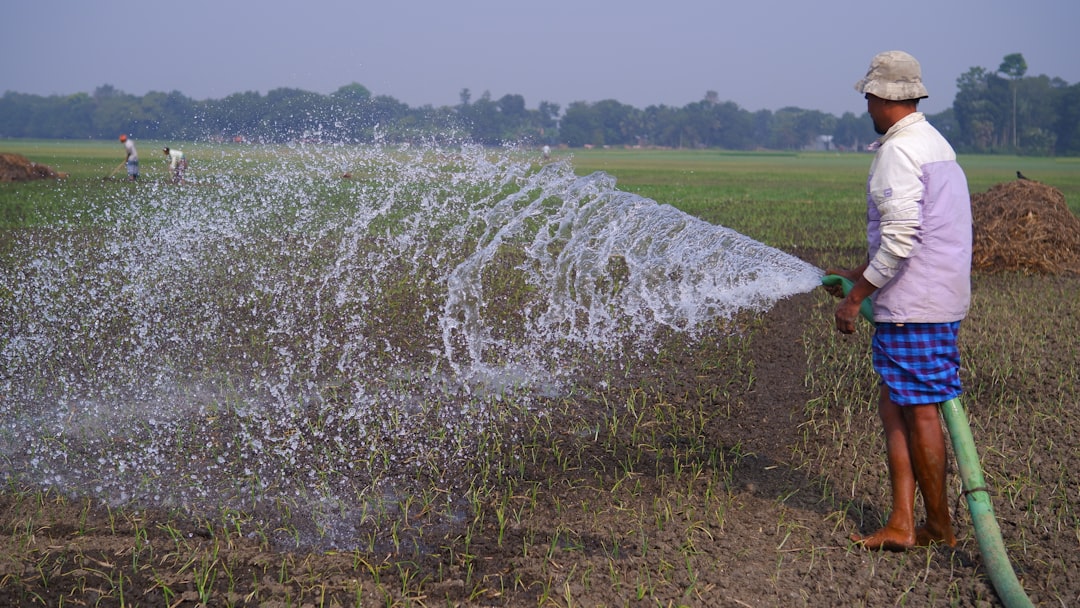
Arizona’s agricultural sector faces unprecedented changes through the Fifth Management Plan’s new Best Management Practices program. ADWR’s intent is to include the recommendations for the Agricultural BMP Advisory Committee into the 5MPs, with updates to the list of approved BMPs which contains the proposed minimum points values. The Integrated Farm Program offers farmers a revolutionary alternative to traditional conservation methods. The Integrated Farm Program is a potential conservation program that IGFR holders could participate in as an alternative to the Base Allotment or BMP Conservation Programs, allowing those with multiple IGFRs to combine allotments and reporting. This system recognizes that modern farming operations often span multiple properties and need flexible management approaches. The program includes mandatory water reduction targets and sophisticated monitoring systems to ensure compliance.
Colorado River Cuts Force Immediate Action
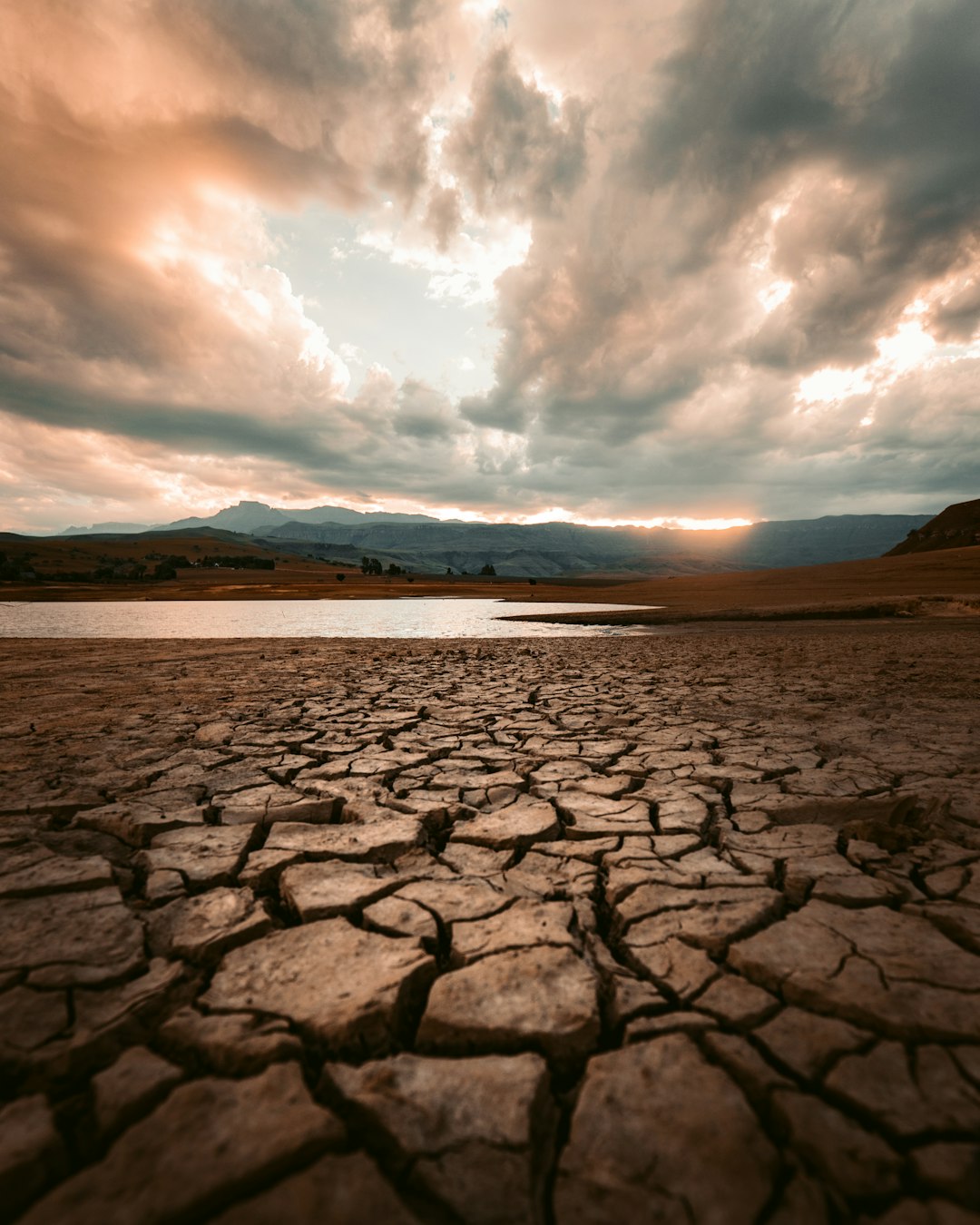
Lake Mead will continue to operate in a Tier 1 Shortage Condition with required shortages by Arizona and Nevada, with Arizona’s Colorado River apportionment in 2025 under the Tier 1 condition reduced by 512,000 acre-feet, from the 2.8 million acre-feet allotment to Arizona. This massive water cut equals the annual usage of roughly 1.5 million Arizona households. The shortage declaration triggers automatic reductions that prioritize certain water users over others. Agricultural users, particularly those with junior water rights, bear the brunt of these cuts. Arizona must slash 21 percent of its water use from the river that provides water to seven states – that’s 592,000-acre-feet a year, or the water usage of more than 2 million Arizona households a year. These aren’t temporary measures – they represent Arizona’s new water reality for the foreseeable future.
Rural Communities Get Unprecedented Groundwater Protection
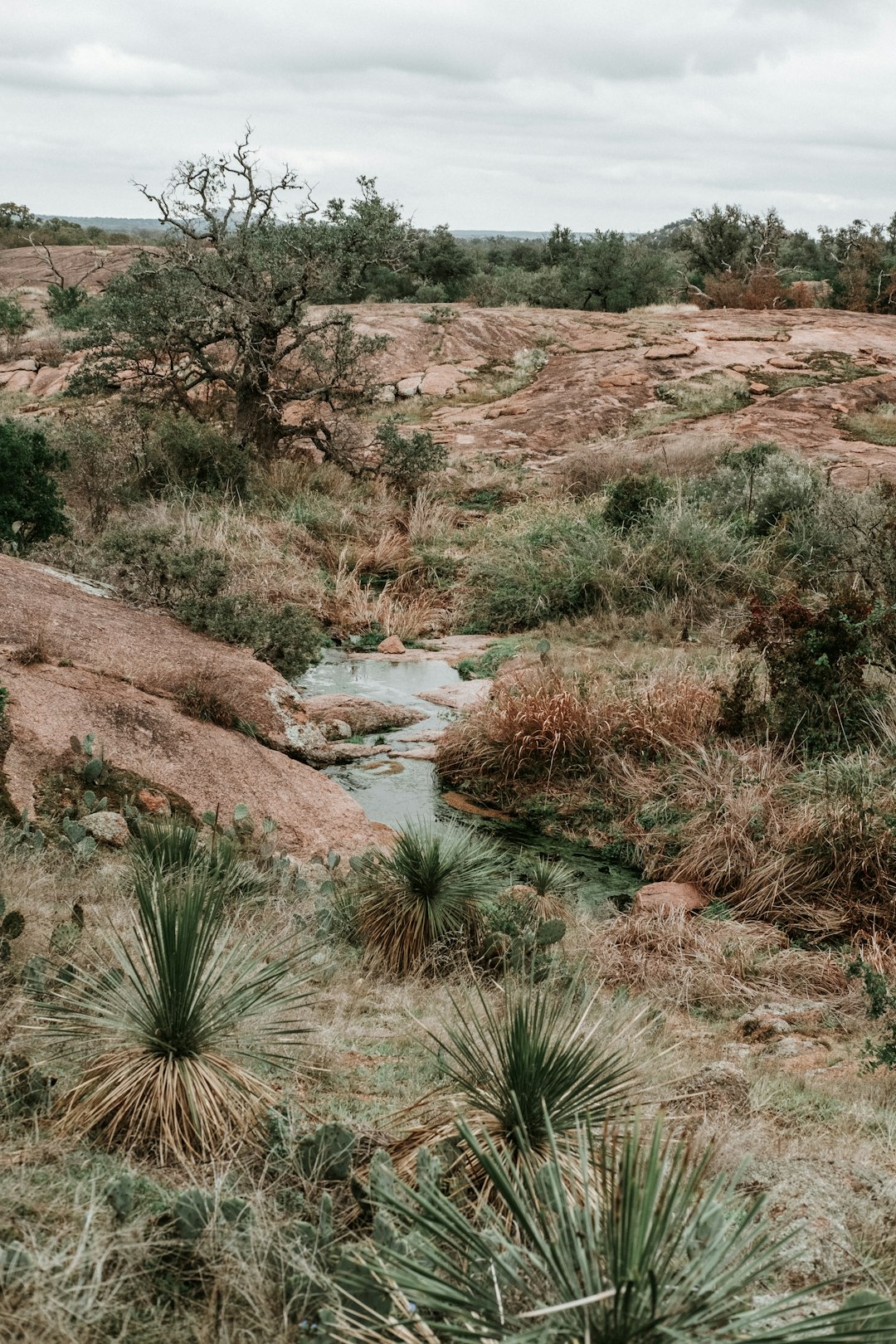
The Hobbs administration made history by designating the Willcox Groundwater Basin as Arizona’s seventh Active Management Area in December 2024. Groundwater levels have fallen over 400 feet in certain areas, nearly 50 miles of mapped earth fissures have split open, and more than 1,200 wells have been drilled or deepened in the last 14 years, with no checks or limits to groundwater pumping. This dramatic environmental damage prompted immediate action to protect over 8,100 residents who depend on groundwater for survival. The designation prevents large corporations from establishing new operations that would drain local aquifers. The action will protect over 8,100 people and the local economies that rely on the Willcox Basin, allowing existing water users to continue water use and putting in place conservation requirements to help protect the aquifer while protecting Arizona families, farmers, businesses, and private property owners from additional large, out-of-state corporations locating to the Willcox Basin to exploit groundwater supplies.
Industrial Users Face New Conservation Requirements
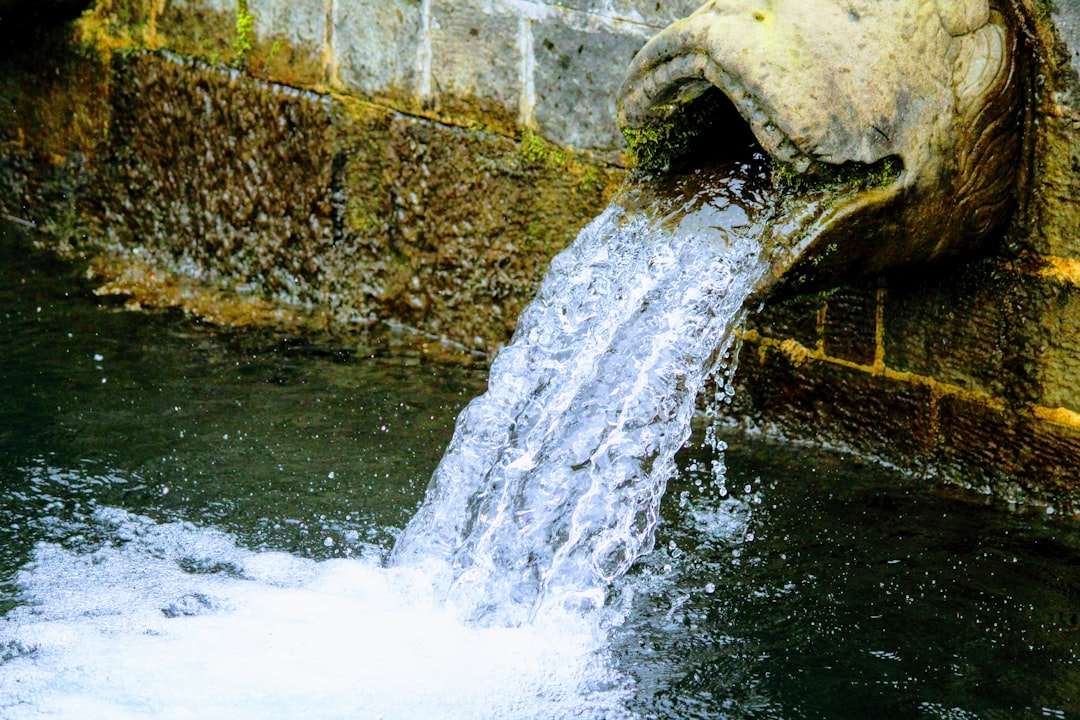
By January 1, 2026, ADWR is required to include conservation requirements for certain industrial water uses in active management area management plans, applying to facilities using over 100 acre-feet of water per year that are not currently subject to specific conservation measures beyond efficiency improvement plans. This requirement captures large manufacturing plants, mining operations, and processing facilities that previously operated with minimal oversight. The new standards don’t just set limits – they require detailed conservation plans and regular reporting. Industrial facilities must prove they’re using water efficiently and exploring alternatives like recycled water for appropriate uses. Management plans are prohibited from requiring industrial users to obtain assured water supply certificates, develop within certain municipal provider areas, or meet replenishment obligations, providing some flexibility while still demanding conservation.
New Tribal Water Rights Reshape State Resources
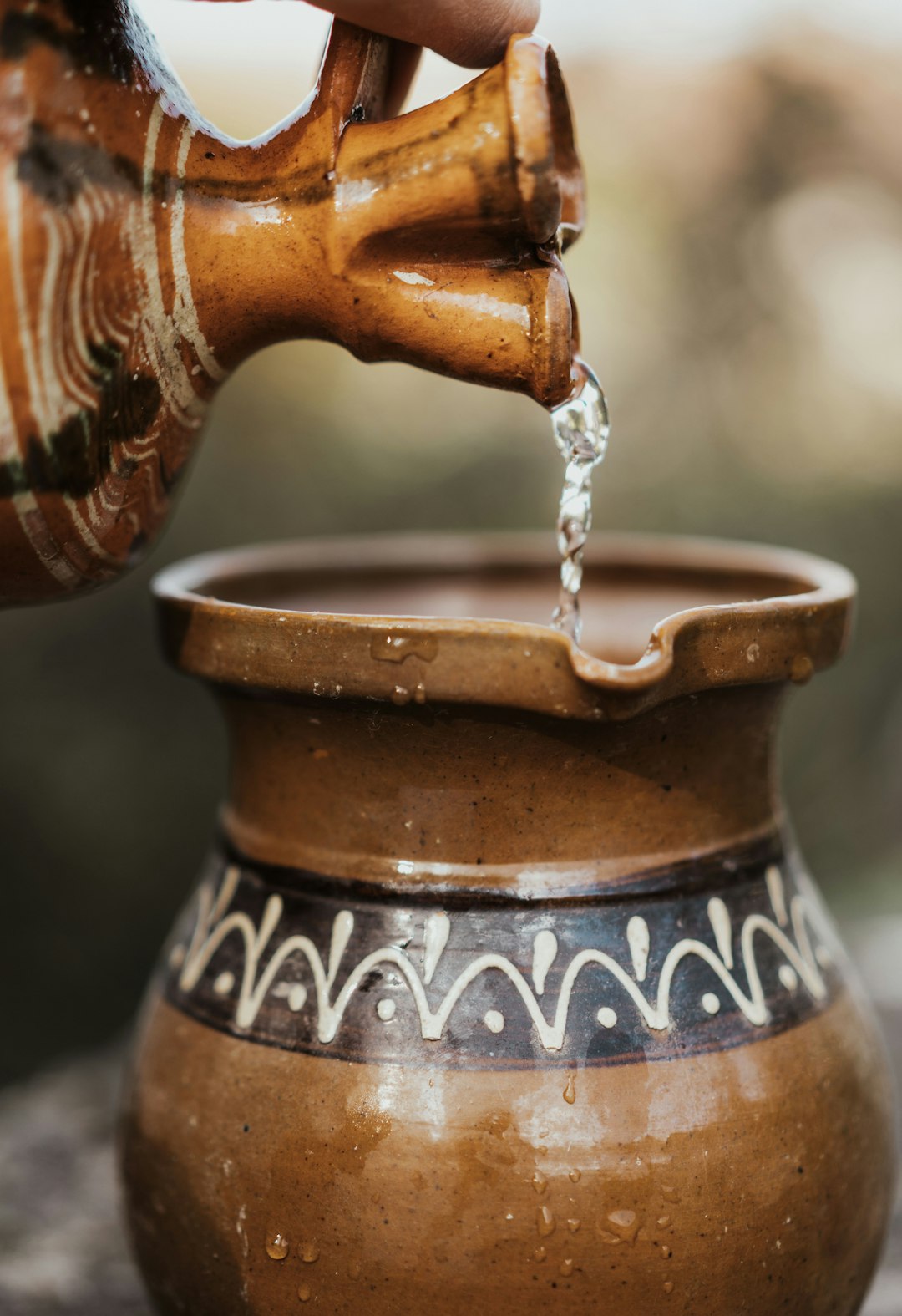
Arizona signed the largest tribal water rights agreement in U.S. history, fundamentally changing how water resources are allocated across the state. The signing of two historic agreements–the Northeastern Arizona and Yavapai-Apache tribal settlements–will settle outstanding tribal water rights claims to Colorado River water as well as groundwater sources in Northeastern Arizona, addressing that nearly a third of the Navajo Nation does not have access to running water. This agreement provides tribes with legally guaranteed water access that takes priority over many existing users. The settlement includes funding for massive infrastructure projects to deliver Colorado River water to tribal communities that have never had reliable water supplies. The agreement would pave the way for funding to be used to divert Colorado River water to these areas. The deal reshapes Arizona’s water priorities and creates new obligations for water delivery that will affect state planning for decades.
Municipal Water Providers Embrace Recycled Water Standards
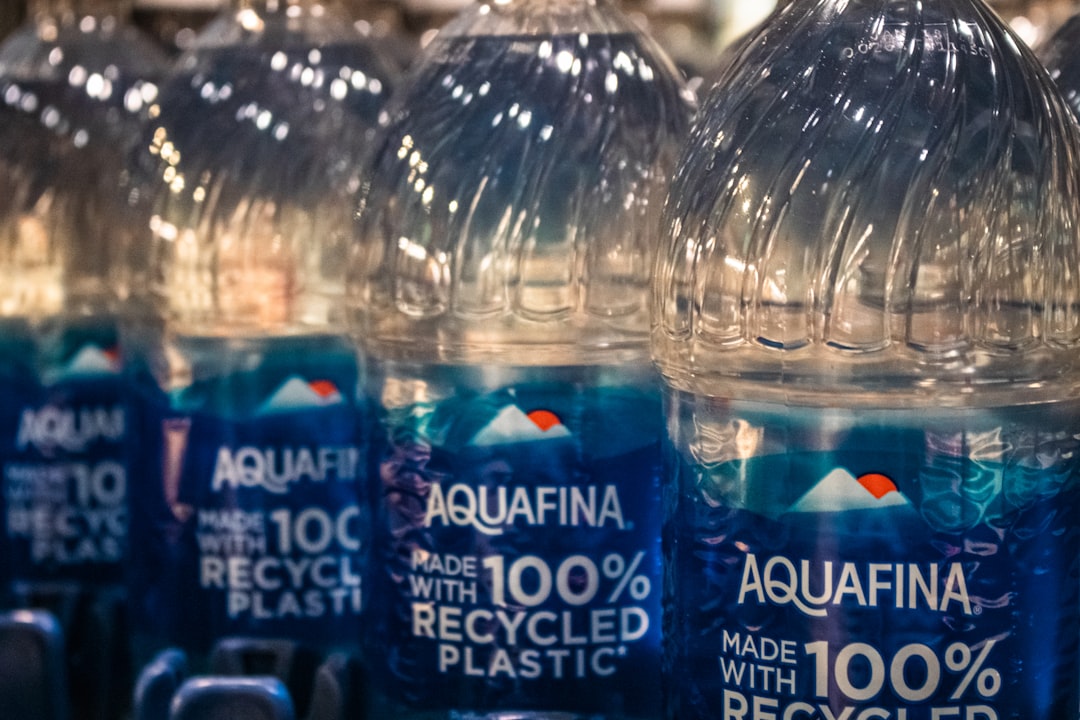
Arizona’s water reuse programs received significant expansion under new state guidelines that promote centralized non-potable applications. Arizona approves the use of reclaimed wastewater for centralized non-potable reuse applications including toilet and urinal flushing, fire protection, commercial air conditioning, car washing, snowmaking, dust control, soil compaction, concrete and cement mixing, materials washing and sieving and street cleaning. The state established different classes of reclaimed water treatment, each with specific requirements and approved uses. For Class A+ reclaimed water, the treatment requirements are secondary treatment, filtration, nitrogen removal treatment and disinfection using “oxidants, UV light, or other agents to kill or inactivate pathogenic organisms,” while Class A reclaimed water requires secondary treatment, filtration and disinfection. Cities like Phoenix are investing heavily in treatment plants that convert wastewater into high-quality recycled water suitable for various municipal uses.
Conservation Groups Push for Statewide Groundwater Regulations
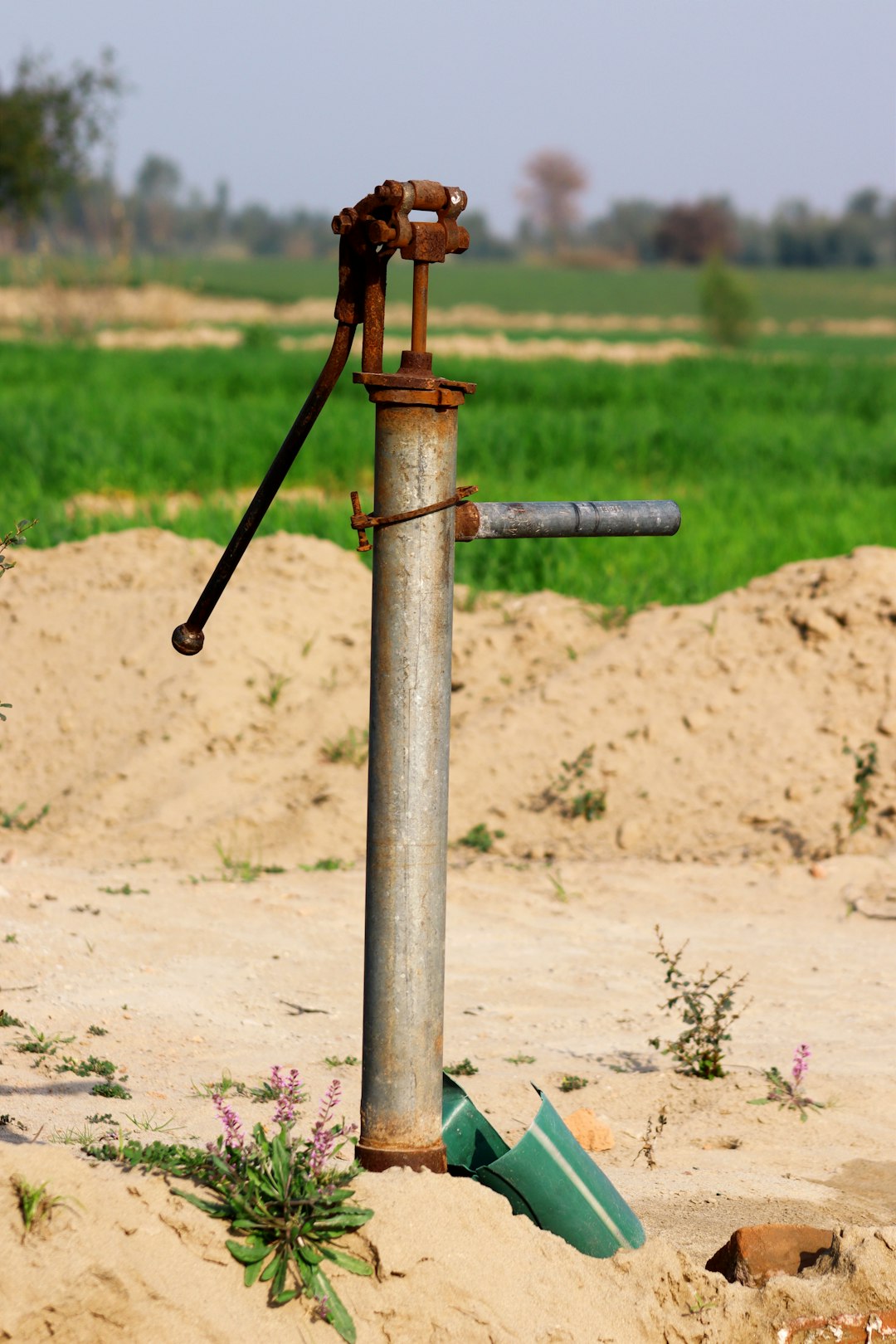
Over 35 organizations urge action on climate, water policies, clean energy and environmental justice in Arizona’s 2025 legislative session, prioritizing water conservation by enacting laws to regulate statewide groundwater pumping, addressing harmful agricultural and development practices, promoting water reclamation and wastewater treatment. Environmental advocates are pushing for comprehensive reforms that would extend groundwater protection beyond current Active Management Areas. The proposed legislation would regulate pumping in all rural areas of the state, not just designated zones. Conservation groups want mandatory reporting requirements for all large water users and restrictions on new agricultural operations that rely heavily on groundwater. Their proposals include funding for water conservation projects and technical assistance for rural communities transitioning to sustainable water management practices.
Technology Integration Transforms Water Management
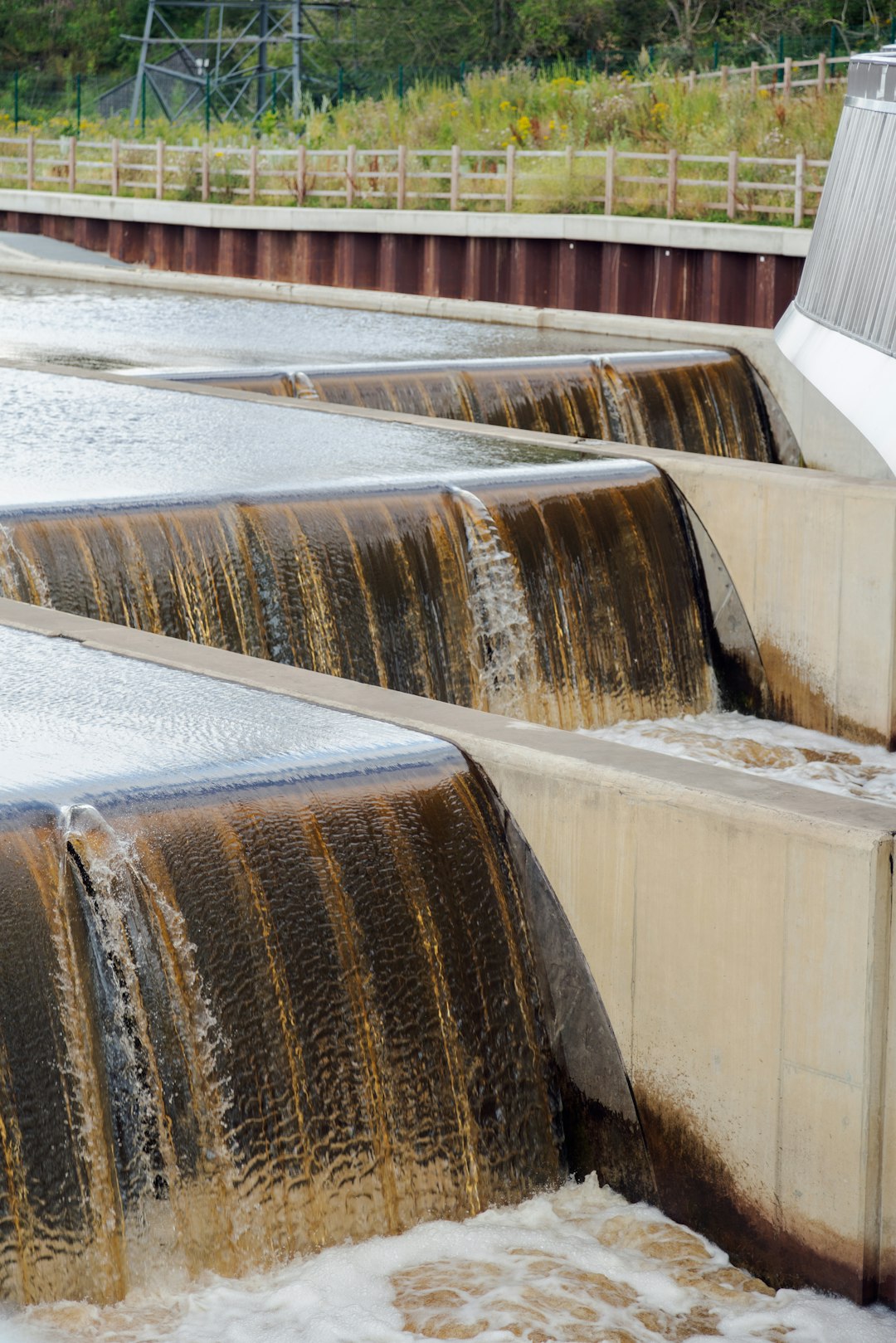
Arizona is incorporating advanced technology into its water conservation efforts, revolutionizing how the state monitors and manages its precious water resources. By integrating technological innovations like smart water management apps, advanced leak detection systems, and sustainable water management practices into their existing conservation strategies, Arizona could further enhance its water conservation efforts, which would not only help to preserve the state’s precious water resources but also contribute to a more sustainable future for Arizona. Smart meters now provide real-time usage data to both utilities and consumers, enabling immediate responses to unusual consumption patterns. Satellite technology helps detect unauthorized groundwater pumping in remote areas, while sophisticated modeling software predicts future water needs with unprecedented accuracy. Basin sweeps are conducted that involve hydrologists assessing water levels in all wells within a basin, and by measuring the water levels, authorities can gauge the sustainability of water availability. These technological advances give Arizona tools to enforce conservation standards that would have been impossible just a few years ago.
Emergency Funding Supports Conservation Infrastructure

Arizona allocated $40 million in federal American Rescue Plan Act funds specifically for water conservation and infrastructure improvements. The $40 million to help with water conservation will come from the federal American Rescue Plan Act, with the Arizona Department of Water Resources managing the cash and developing grants and other financial support to preserve the state’s groundwater. This emergency funding addresses immediate needs while building long-term conservation capacity. The money supports everything from smart irrigation systems for agriculture to advanced water treatment facilities for municipalities. Rural communities receive priority for infrastructure upgrades that improve water efficiency and reduce waste. Hobbs also announced a $40 million investment of American Rescue Plan Act funds for water conservation, infrastructure and sustainable groundwater management. The funding represents Arizona’s recognition that water conservation requires significant upfront investment to achieve lasting results.
Arizona uses about as much water today as it did in 1957, partially due to conservation efforts throughout the state, but these new standards push conservation to unprecedented levels. Arizona’s water future now depends on how quickly residents, businesses, and agricultural operations adapt to these sweeping changes that prioritize long-term sustainability over short-term convenience.




